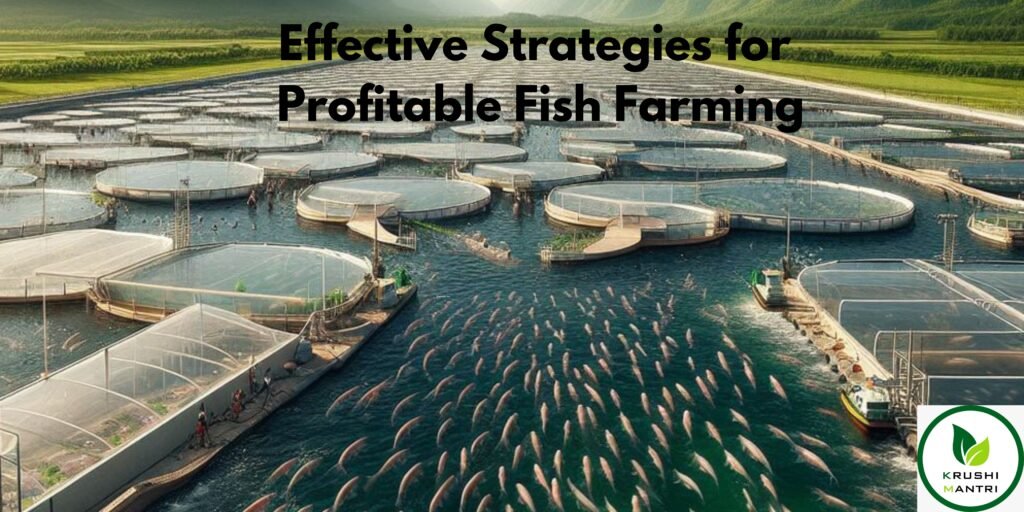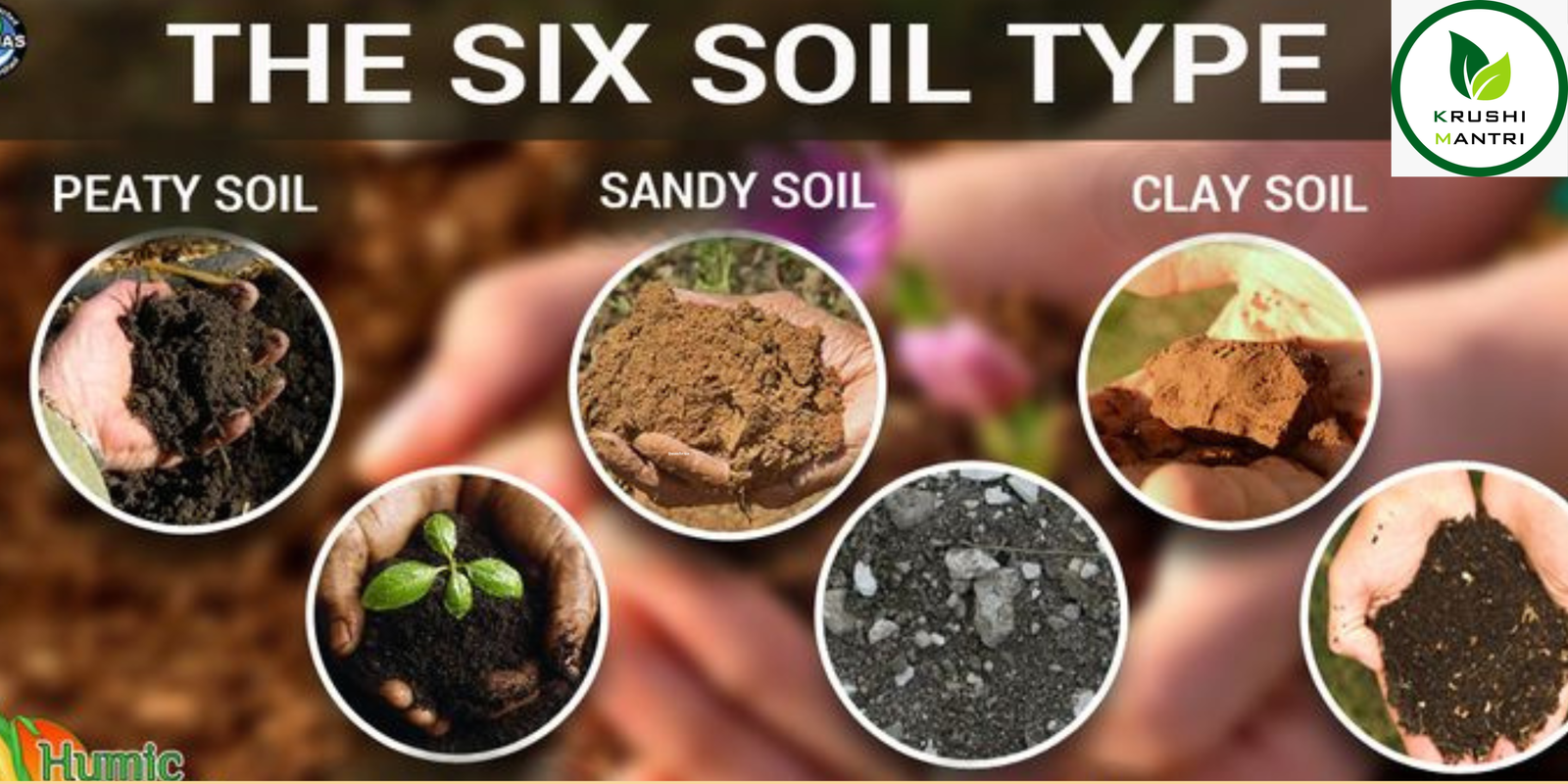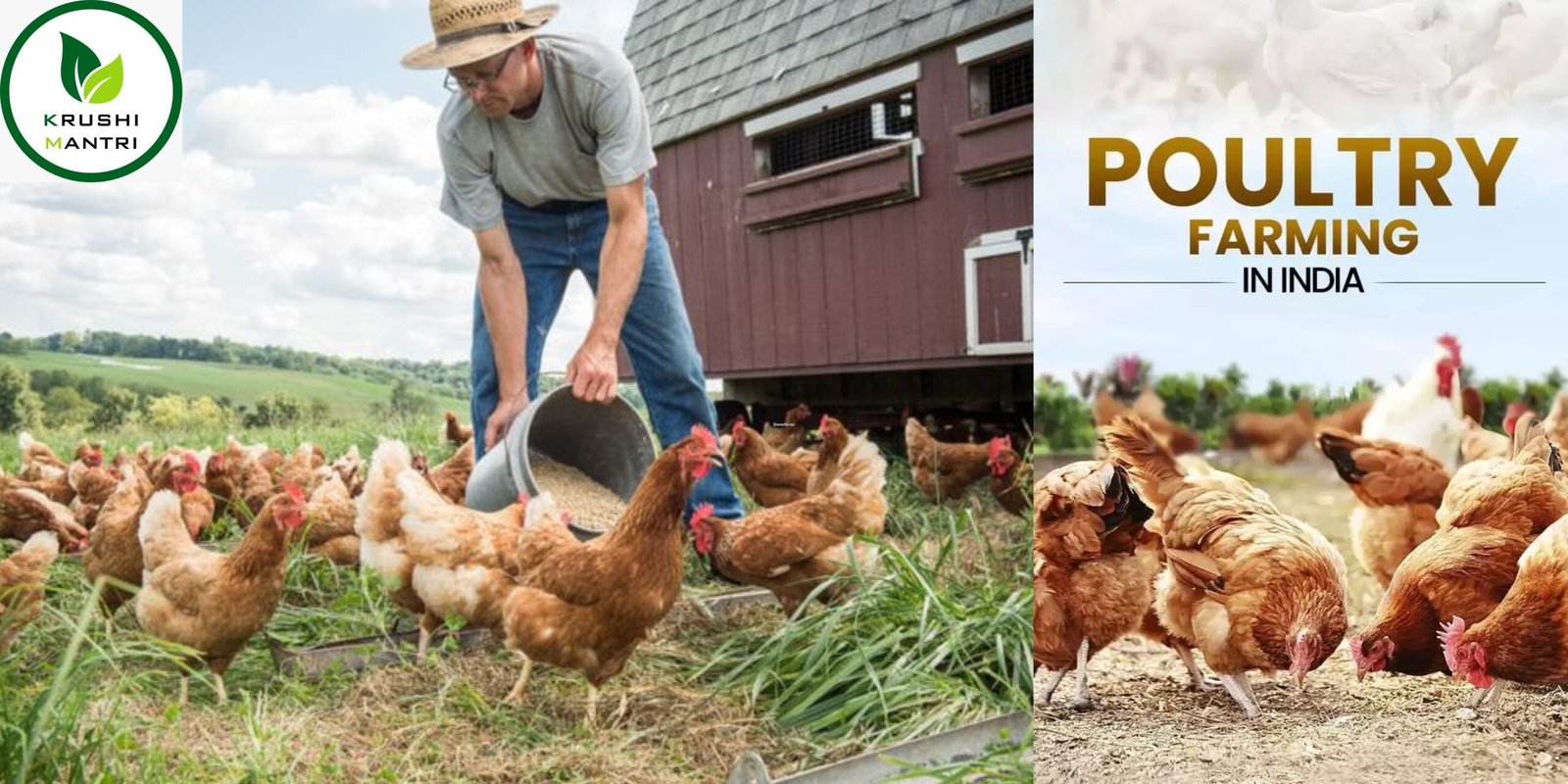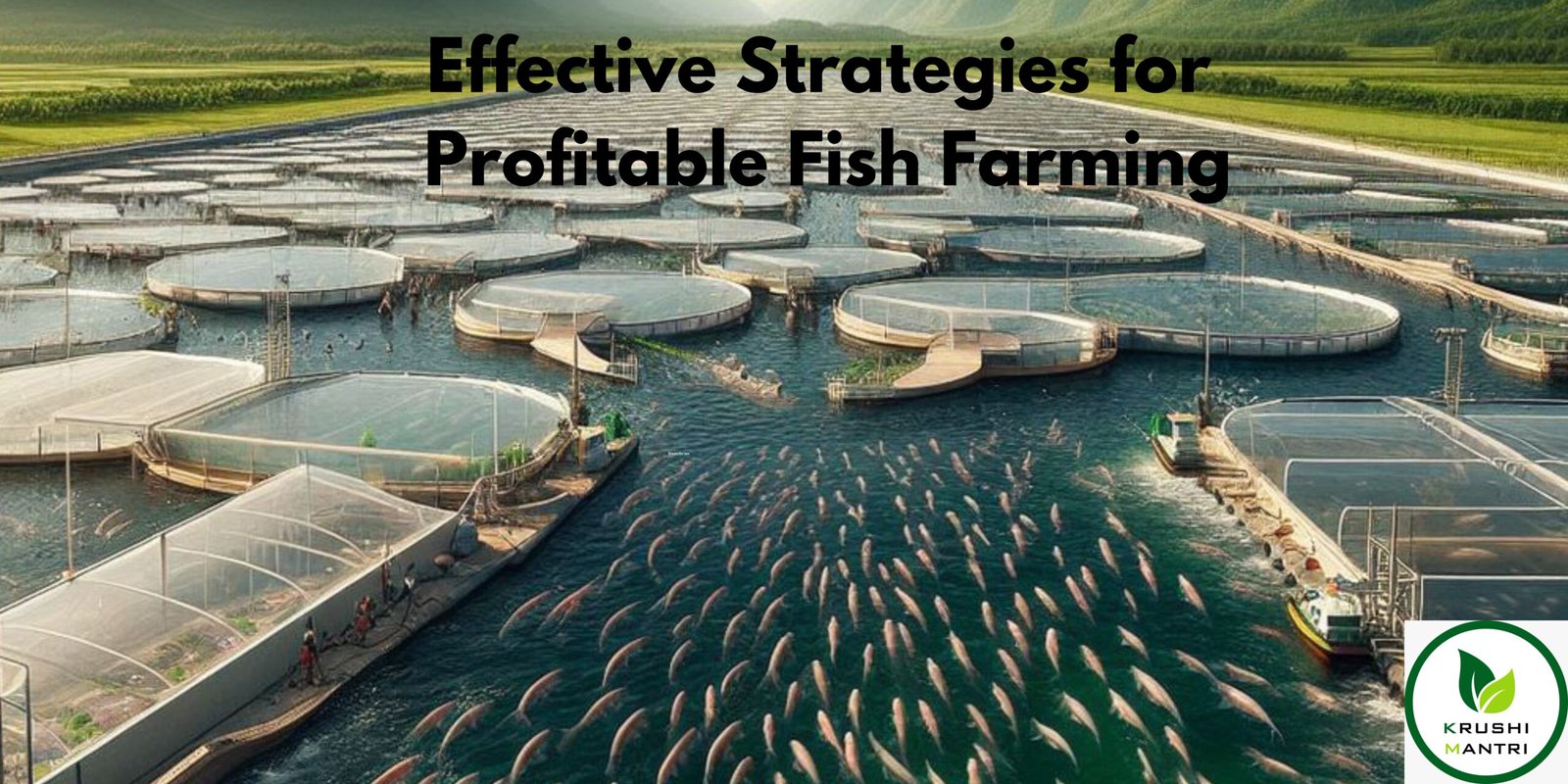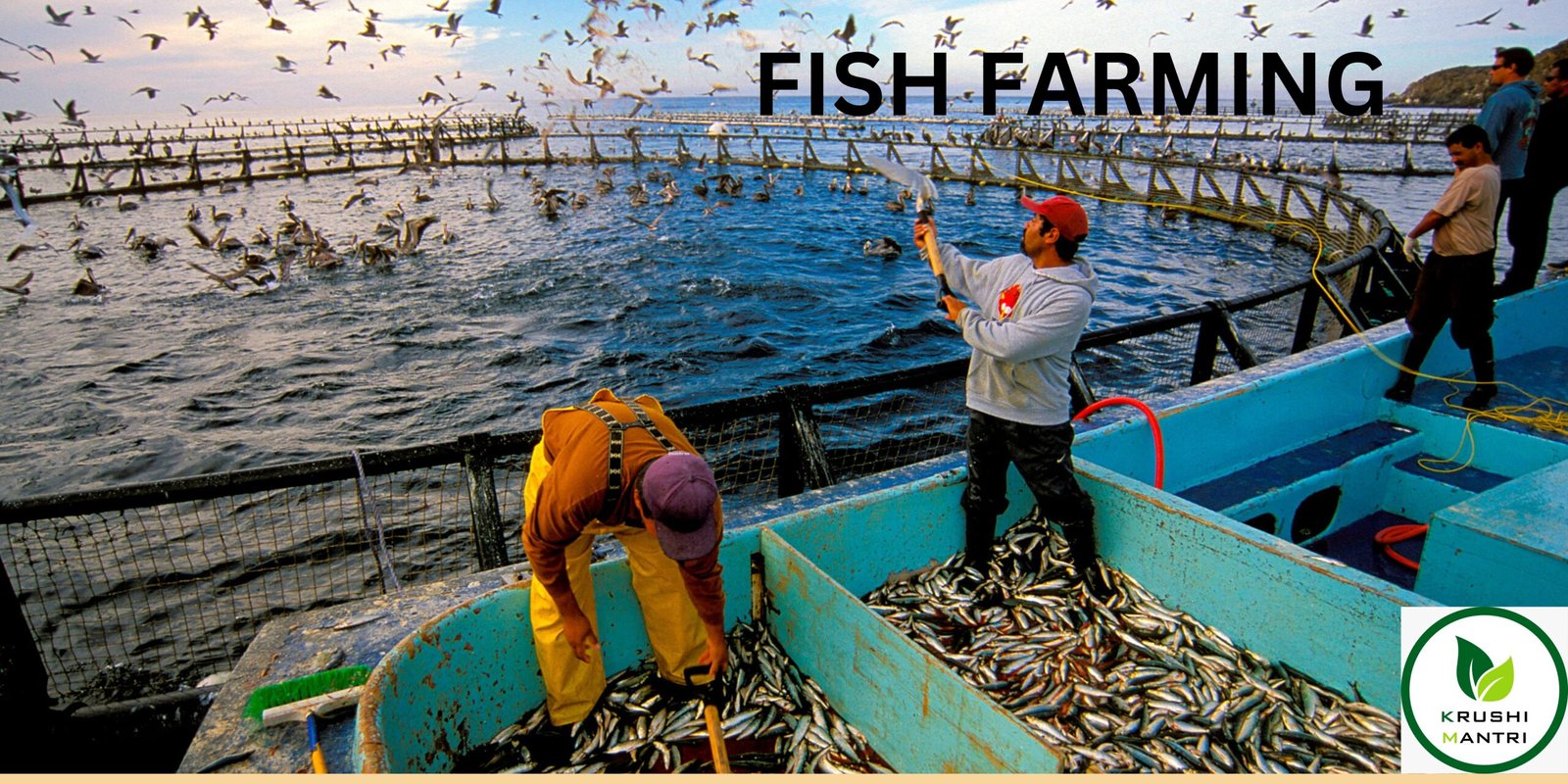Maharashtra, the third-largest state in India, is a significant agricultural hub with diverse soil types and climatic conditions. Each soil type in Maharashtra contributes uniquely to its agricultural output, supporting a wide range of crops. However, proper maintenance of soil health is crucial for sustainable farming and optimal yield. This blog delves into the various soil types found in Maharashtra, the crops best suited for these soils, and actionable tips to maintain soil health.
Understanding Maharashtra’s Soil Types
Soil formation in Maharashtra is influenced by factors like climate, vegetation, and topography. Here are the primary soil types:
- Black Soil (Regur Soil):
- Found in regions like Vidarbha, Marathwada, and parts of Western Maharashtra.
- Rich in clay and organic matter, this soil retains moisture exceptionally well.
- Best suited for crops like cotton, sugarcane, soybean, and sorghum.
- Laterite Soil:
- Predominantly found in Konkan and the hilly regions of the Western Ghats.
- Acidic and low in fertility, but supports crops like cashew, coffee, and rubber with proper fertilization.
- Red Soil:
- Found in the eastern districts of Maharashtra, such as Bhandara and Chandrapur.
- Slightly acidic and low in nutrients, suitable for crops like millet, groundnuts, and pulses.
- Coastal Alluvial Soil:
- Found in the Konkan coastal belt.
- Rich in organic matter and supports rice, coconut, and horticultural crops.
- Sandy Soil:
- Found in river basins and coastal areas.
- Low in nutrient content but can grow vegetables, fruits, and certain cereals with proper irrigation.
- Saline and Alkaline Soil:
- Found in patches in regions like Vidarbha.
- Requires intensive care to grow salt-tolerant crops like barley and date palms.
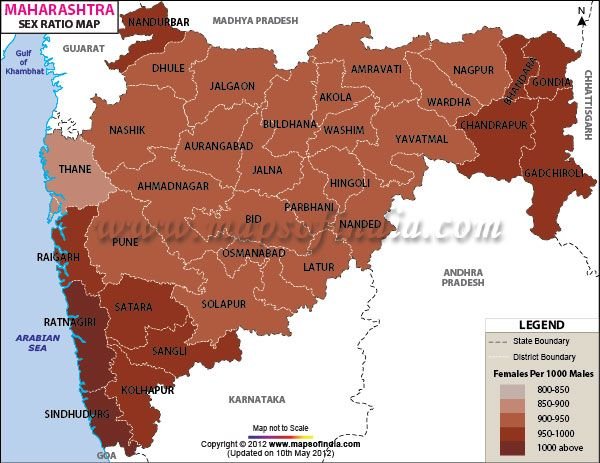
Crops Best Suited for Maharashtra’s Soil Types
- Black Soil: Maharashtra is the leading cotton producer in India, and the moisture-retaining capacity of black soil supports this cash crop. Cotton, wheat, soybean, jowar, and pulses.
- Laterite Soil: Cashew, banana, mango, and coffee thrive in laterite soil with added organic matter. Sandy soil is suitable for watermelon and cucumber. Cashew, coffee, tea, and spices like cardamom and pepper.
- Red Soil: The nutrient-deficient red soil is ideal for hardy crops like millet, which require minimal inputs. Groundnut, millet, and maize.
- Coastal Alluvial Soil: Coastal alluvial soil in the Konkan region provides the ideal water-holding capacity for rice cultivation. Rice, banana, and coconut.
- Sandy Soil: Cashew, banana, mango, and coffee thrive in laterite soil with added organic matter. Sandy soil is suitable for watermelon and cucumber. Watermelon, cucumber, and groundnut.
- Saline and Alkaline Soil: Barley, sunflower, and certain legumes.
Challenges in Maharashtra’s Soil Management
- Soil Erosion:
- Heavy rains in the Western Ghats and overgrazing in Marathwada lead to soil loss.
- Deforestation exacerbates this issue.
- Salinity and Alkalinity:
- Poor drainage in some areas results in salt accumulation, especially in Vidarbha.
- Depletion of Nutrients:
- Continuous cropping without replenishment exhausts soil fertility.
- Monocropping and lack of crop rotation lead to nutrient exhaustion.
- Water Scarcity:
- Drought-prone regions like Vidarbha struggle with irrigation.
- Drought-prone regions like Marathwada and Vidarbha face significant challenges in maintaining soil moisture.
- Chemical Pollution:
- Excessive use of chemical fertilizers and pesticides harms soil structure and microbial life.
7 Key Tips to Maintain Soil Health in Maharashtra
- Adopt Crop Rotation and Intercropping:
- Rotate crops like legumes with cereals to replenish nitrogen levels.
- Intercrop to maximize land use and reduce pest attacks.
- Use of Organic Fertilizers and Manures:
- Add organic matter like compost and farmyard manure to improve soil texture and fertility.
- Vermicomposting is especially beneficial for red and laterite soils.
- Practice Mulching for Moisture Conservation:
- Mulching conserves soil moisture and prevents weed growth.
- In regions like Vidarbha, mulching helps maintain soil moisture during dry spells.
- Implement Soil Conservation Techniques:
- Use contour plowing and terracing in hilly areas to prevent erosion.
- Construct check dams in rural areas to conserve water and reduce runoff.
- Improve Irrigation Practices:
- Adopt drip irrigation for crops like sugarcane and fruits to minimize water wastage.
- Use rainwater harvesting in drought-prone areas to recharge groundwater.
- Regular Soil Testing and Monitoring:
- Soil testing helps identify nutrient deficiencies and pH imbalances.
- The Maharashtra government’s Soil Health Card Scheme assists farmers in this regard.
- Salinity Management:
- Flush saline soils with freshwater to reduce salt levels.
- Use gypsum or sulfuric acid to reclaim alkaline soils.
Technological Interventions for Soil Care
- Soil Testing:
- Regular soil tests help farmers understand nutrient deficiencies.
- Government programs in Maharashtra offer subsidized soil testing services.
- Precision Agriculture:
- Utilize drones and sensors to monitor soil health and moisture levels.
- Apps like MahaAgriTech provide real-time advice tailored to local conditions.
- Bio-Fertilizers:
- Replace chemical fertilizers with bio-fertilizers to sustain soil microbial activity.
- Azotobacter and Rhizobium bacteria enhance nitrogen fixation in black and red soils.
- Agroforestry:
- Planting trees along farm boundaries prevents erosion and improves soil organic matter.
- No-Till Farming:
- Reduce soil disturbance by minimizing plowing to maintain soil structure.
- Green Cover Crops:
- Plant cover crops like mustard and clover during the off-season to protect the soil.
Government Initiatives Supporting Farmers in Maharashtra
To ensure sustainable agricultural growth and soil conservation, the Maharashtra government and central government of India have implemented several schemes. These initiatives aim to address issues like water scarcity, soil erosion, and nutrient depletion while supporting farmers with modern technology, subsidies, and training programs. Below is a detailed look at some prominent schemes and how they benefit farmers.
1. Soil Health Card Scheme (SHC)
The Soil Health Card Scheme, launched in 2015 by the Government of India, provides farmers with detailed information about their soil’s nutrient status.
Key Features:
- Customized Soil Reports: Farmers receive reports containing information about soil health, pH levels, and recommended fertilizers.
- Regular Testing: Soil testing is done every two years to monitor nutrient levels.
- Implementation in Maharashtra: State agricultural centers actively collect soil samples and distribute cards to ensure better fertilizer usage.
Benefits for Farmers:
- Helps reduce the overuse of chemical fertilizers.
- Encourages the adoption of organic and bio-fertilizers.
- Improves crop yields and reduces production costs.
2. Jalyukt Shivar Abhiyan
This flagship program by the Maharashtra government focuses on making villages drought-free by enhancing water conservation and management practices.
Key Features:
- Construction of Water Harvesting Structures: Check dams, farm ponds, and bunds are built to increase water availability.
- Desilting of Rivers and Reservoirs: Improves water storage capacity.
- Community Involvement: Local communities participate in planning and execution.
Benefits for Farmers:
- Ensures year-round water availability for irrigation.
- Reduces dependence on monsoon rains.
- Boosts soil moisture retention in drought-prone regions like Marathwada and Vidarbha.
3. Pradhan Mantri Krishi Sinchayee Yojana (PMKSY)
The PMKSY aims to increase agricultural productivity by improving irrigation efficiency.
Key Features:
- Micro-Irrigation Subsidy: Farmers receive financial support to install drip and sprinkler irrigation systems.
- Water-Use Efficiency: Promotes precision irrigation methods like fertigation.
- Watershed Development: Focuses on managing water resources in rainfed areas.
Benefits for Farmers:
- Optimizes water use, especially in areas with limited water supply.
- Enhances crop quality and yield through efficient water delivery.
- Reduces the cost of irrigation and mitigates waterlogging.
4. National Mission for Sustainable Agriculture (NMSA)
This mission emphasizes climate-resilient agriculture and sustainable farming practices.
Key Features:
- Rainfed Area Development (RAD): Encourages integrated farming systems in rainfed regions.
- Soil Health Management (SHM): Focuses on soil fertility enhancement and organic farming.
- Use of Technology: Promotes the use of GPS-enabled soil mapping and testing kits.
Benefits for Farmers:
- Reduces dependency on chemical inputs.
- Encourages agroforestry and crop diversification.
- Builds resilience to climate variability through adaptive farming techniques.
5. Rashtriya Krishi Vikas Yojana (RKVY)
This scheme focuses on holistic agricultural development by offering flexibility and autonomy to states like Maharashtra.
Key Features:
- Support for Innovative Projects: Promotes modern farming techniques such as hydroponics and precision farming.
- Subsidies for Infrastructure: Provides funds for constructing cold storages, warehouses, and irrigation systems.
- Farmer Training: Offers skill development programs and workshops.
Benefits for Farmers:
- Improves market access through better infrastructure.
- Encourages the use of advanced farming technologies.
- Boosts income through diversified farming activities.
6. Mahatma Phule Krishi Sinchayee Yojana
This Maharashtra-specific irrigation scheme focuses on completing pending irrigation projects.
Key Features:
- Accelerates the construction of irrigation canals, dams, and pipelines.
- Focuses on small and marginal farmers in water-scarce regions.
Benefits for Farmers:
- Expands the area under irrigation, improving productivity.
- Provides water security in semi-arid zones.
- Encourages high-value crop cultivation.
7. Integrated Watershed Management Program (IWMP)
This program aims to conserve soil and water in rainfed areas through an integrated approach.
Key Features:
- Soil and water conservation techniques like contour bunding, terracing, and trenching.
- Afforestation and plantation drives to reduce erosion.
Benefits for Farmers:
- Enhances groundwater recharge.
- Prevents soil erosion, retaining fertile topsoil.
- Supports sustainable rainfed farming practices.
8. Paramparagat Krishi Vikas Yojana (PKVY)
This scheme encourages organic farming to preserve soil health and reduce dependency on chemical inputs.
Key Features:
- Financial assistance to farmers for transitioning to organic farming.
- Promotion of organic certifications for better marketability.
Benefits for Farmers:
- Reduces production costs by eliminating chemical fertilizers and pesticides.
- Improves soil fertility and long-term productivity.
- Increases demand for organic produce in domestic and export markets.
9. E-NAM (National Agriculture Market)
This digital initiative connects farmers to a unified online marketplace to sell their produce directly to buyers.
Key Features:
- Eliminates intermediaries in the supply chain.
- Encourages competitive pricing based on quality.
Benefits for Farmers:
- Better prices for their produce.
- Direct access to a broader market.
- Encourages transparency and fair trade practices.
10. Drip and Sprinkler Irrigation Subsidy Program
The Maharashtra government provides financial assistance to farmers for adopting water-efficient irrigation methods.
Key Features:
- Subsidies cover up to 70% of installation costs.
- Training programs on the operation and maintenance of drip systems.
Benefits for Farmers:
- Reduces water wastage and ensures uniform water distribution.
- Enhances crop yields, particularly for horticultural crops.
- Saves labor costs associated with traditional irrigation methods.
How Farmers Can Benefit from These Schemes
Farmers must actively engage with local agricultural offices, Krishi Vigyan Kendras (KVKs), and government programs to access these benefits. Regular participation in workshops and training sessions ensures they stay updated on new schemes and technologies.
By leveraging these government initiatives, farmers in Maharashtra can overcome challenges like water scarcity, soil degradation, and low productivity, paving the way for a more prosperous and sustainable agricultural future
The Green Revolution and Its Impact on Soil in India
The Green Revolution in the 1960s transformed Indian agriculture, ensuring food security through high-yielding varieties (HYVs), chemical fertilizers, and advanced irrigation. While it boosted productivity, its impact on soil health was significant, both positively and negatively.
Positive Impacts:
- Initial use of chemical fertilizers enhanced soil fertility and crop yields.
- Soil testing practices guided nutrient management.
- Advanced irrigation ensured consistent soil moisture, increasing agricultural output.
Negative Impacts:
- Overuse of chemical fertilizers caused nutrient imbalances, depleting micronutrients like zinc and magnesium.
- Intensive monocropping of wheat and rice drained soil fertility and organic matter.
- Poor drainage led to waterlogging and salinization, reducing arable land.
- Excessive farming practices caused erosion and loss of topsoil, particularly in Punjab and Haryana.
Lessons and Solutions:
To mitigate these effects, sustainable practices like integrated nutrient management (combining organic and chemical inputs), crop diversification, and bio-fertilizers are essential. Conservation agriculture methods such as minimum tillage and cover cropping can help restore soil health.
The Green Revolution highlighted the need for balanced approaches in agriculture, ensuring that productivity improvements align with long-term soil and environmental sustainability.
Sustainable Practices for a Greener Tomorrow
Maharashtra’s agriculture is deeply rooted in its soil diversity, making soil health a cornerstone for sustainable farming. Adopting modern technologies, sustainable practices, and government-backed initiatives can ensure long-term productivity.
Farmers must embrace a soil-first approach, understanding the intricate balance between soil type, crop selection, and maintenance practices. By doing so, Maharashtra can continue to thrive as a leading agricultural state, ensuring food security and economic growth for generations to come. Farmers in Maharashtra must take proactive steps to preserve soil health. By adopting sustainable farming practices, they can ensure long-term productivity and environmental balance. Here’s how farmers can contribute:
- Reduce Dependency on Chemical Inputs: Shift to organic farming methods that preserve microbial life.
- Promote Biodiversity: Integrate agroforestry and polyculture to enhance ecosystem resilience.
- Educate and Collaborate: Participate in workshops and collaborate with agricultural scientists for innovative solutions.
Conclusion: Building a Resilient Agricultural System
The soils of Maharashtra are as diverse as its people, offering immense potential for agricultural success. However, this potential can only be harnessed through proper soil care and sustainable practices.
By focusing on soil conservation, crop diversification, and adopting modern technologies, Maharashtra’s farmers can achieve higher productivity and ensure food security for the future. The journey toward sustainable agriculture begins with understanding the soil beneath our feet and taking small, consistent steps to nurture it.
By following these strategies, farmers can maximize yields while preserving the natural richness of Maharashtra’s soils. Together, we can build a resilient agricultural system that respects and nurtures the land.
Let’s work together to preserve the rich soils of Maharashtra and build a greener, more prosperous tomorrow!
- How to Correct Your Farmer ID Online: A Step-by-Step Guide for Indian Farmers

- Unlocking the Potential of Sugarcane Production in Maharashtra: Expert Tips for Farming, Harvesting, and Marketing

- Apiculture- 6Essential Steps to Build a Thriving Honey Bee Farm

- Comprehensive Guide to Starting a Poultry Farm Business: Egg Production, Sheds, and Poultry Farm Insurance Coverage
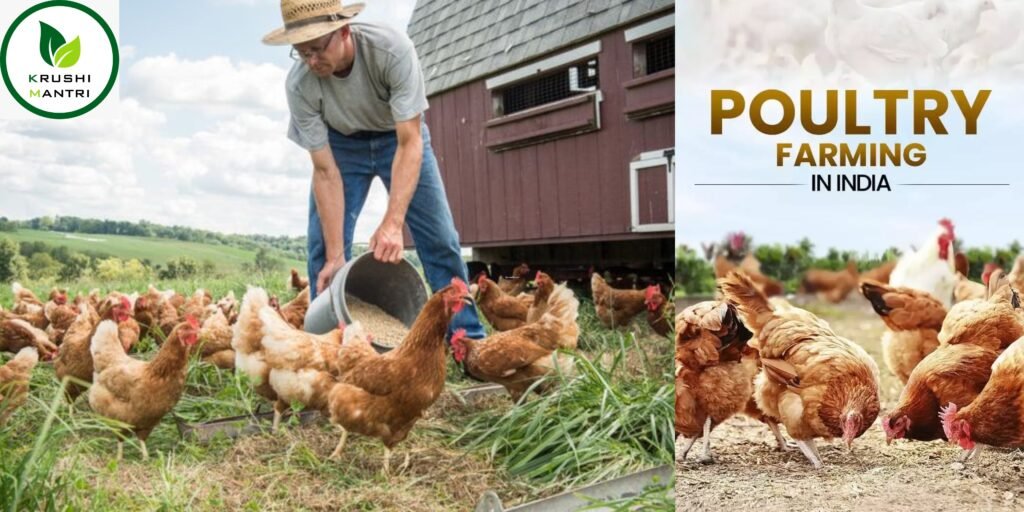
- A Complete Guide to Sandalwood Tree Farming: Red and White Sandalwood

- Rohu, Salmon Fish Farming: 4 Effective Strategies for (Types, Care, and Area-Specific Guidance)
